Dutch tomato growing technology, its essence and advantages
Holland has become one of the world leaders in vegetable cultivation: modern agricultural technologies make it possible to obtain large yields with high quality fruits. Many farmers go to Holland to learn from foreign experience and use it in their own practice. Among all the developments, the most interesting is the Dutch cultivation technology tomato: it allows you to get up to 65 kg of ripe fruit of high quality per square meter of land, so it certainly deserves attention.
Content:
- Basic principles of Dutch technology
- The best varieties of tomatoes for cultivation
- Growing room
- The sequence of growing tomatoes
- Secrets of growing tomatoes in Holland
Basic principles of Dutch technology
Dutch technology involves not only careful plant care with the correct formation of the bush, but also the observance of several important principles that can significantly increase yield.
Consider the basic principles of growing tomatoes using Dutch technology:
- For planting and growing seedlings no ordinary soil is used. The containers in which the seedlings will be planted are filled with mineral wool soaked in water with a complex of nutrients. This allows you to protect young plants from pestsand also provide them with everything they need for rapid growth.
- In a container with mineral wool, a complex balanced fertilizer... It must ensure both sufficient growth of green mass and the formation of fruits.
- In the greenhouse where they grow tomato, the content of carbon dioxide rises. As you know, it is necessary for the photosynthesis of the plant, which provides it with organic nutrients.
- Proper pollination plays an important role in fruit formation. In Holland, special hornets are used for this: during the period of flowering and the formation of fruit ovaries, insects are launched into the greenhouse, collecting pollen and pollinating the flowers.
Of course, not every gardener will be able to implement all the necessary technological solutions, however, some elements of Dutch technology can be used quite well. Balanced plant nutrition, active photosynthesis and timely pollination are the key to a good harvest, so the European experience will allow you to get a good result.
The best varieties of tomatoes for cultivation
Only medium-sized and tall varieties are suitable for year-round greenhouse cultivation, they are called semi-determinant and indeterminate.
In a greenhouse, the following varieties can become especially productive:
- Camry. It is a high-yielding Dutch variety of hybrid origin that grows well in greenhouse conditions, even in winter. The stem grows up to 250 cm, the weight of the fruit can reach 160 g. The fruits have a uniform red color and a rounded shape, there is no green spot near the stem.
- Hanni Moon is a variety of pink tomatoes, the weight of the fruit reaches 260 g.The ripening period of the fruit is only 65 days, so the variety is ideal for greenhouse cultivation. The fruits have a pleasant sweet taste, there is no green spot near the stalk. The variety is more suitable for growing in spring and summer.
- Debut is an early maturing salad indeterminate variety, suitable for growing in greenhouse conditions. Fruits weighing up to 210 g have a round shape and an even red color. The yield of the variety reaches 9 kg per square meter of the garden.
- Raissa is an early maturing indeterminate hybrid with a very high stem, suitable only for greenhouse breeding. Fruits are small in size, weight from 140 g, color - bright red. The peculiarity of the variety is the long-term storage of fruits: due to their hard peel, they tolerate transportation well and can lie for a long time. Raissa tomatoes grow well on almost any soil; a special mineral substrate is not required for them.
These are just some of the varieties that are ideal for cultivation according to Dutch technology. The difficulty for gardeners is that the seeds many varieties are difficult to find in retail and must be ordered from afar.
It is important not to buy a craft: when choosing varieties of tomatoes in stores, you need to carefully study the information about the manufacturer.
Most often they have to be ordered from large companies via the Internet, some varieties can only be found abroad.
Growing room
In winter time seedling is grown for 9 weeks, in spring this period is reduced to 6 weeks, and in summer to 5. To obtain healthy and strong seedlings, she needs to find a spacious and well-lit area of the greenhouse, reliably closed from drafts. The room should not be too hot or stuffy: it is advisable to use a spacious ventilated greenhouse with temperature control capabilities.
There are several more requirements for the greenhouse:
- It is necessary to create a comfortable soil temperature in it, equal to about 16 degrees, and it must be maintained constantly. Z
- In spring and in spring, they begin to heat the greenhouse already 2 days before planting the plants in order to bring the temperature to the desired level.
- The room must be clean and spacious, and the glass must be cleaned for optimal illumination.
For planting, you can use cassette pots for seedlings, holes must be made in the bottoms to drain excess water. A drainage layer is placed on the bottom, then the pots are filled with a layer of mineral wool with fertilizer, it should be well hydrated. The seeds are placed in containers, they are covered with a layer of sand with vermiculite on top, its thickness will be about a centimeter. To prevent the soil from drying out, the seed pots are covered with a transparent film and placed in the shade.
Seedlings appear quickly, and usually after 12 days, young shoots need to be transplanted into permanent containers for growing, sometimes special bags are used for this.
Small containers with seedlings in the ground are positioned so that their edges are located about 2 cm above the ground level. This will allow the plant stem not to come into contact with pests and avoid spoilage. There should not be more than 2.5 plants on one square meter of the bed. The distance between the rows of tomatoes in the greenhouse is 70 cm, from path to path - 90 cm. Within one row, the distance between tomato bushes is at least 55 cm. Otherwise, the plants will experience a deficit of sunlight, and this will negatively affect the harvest.
The formation of ovaries and fruits is largely influenced by the temperature in the room:
- At night, it should be 16-18 degrees, and during the day it can be increased by a maximum of two degrees.
- The optimum soil temperature is +18, this allows you to ensure a good condition of the root system.
- The optimum humidity is 65-75%, if the room is drier, then the tomatoes will be harder with fibrous pulp.
To ensure normal temperature and humidity, a heating system in the form of pipes with heated water is installed in the upper part of the greenhouse. The heating element transfers heat to the carrier, and the bushes are heated from top to bottom. This allows natural growth and prevents shedding of flowers and ovaries.
The sequence of growing tomatoes
After transplanting, a very important stage begins - the formation of a bush, on which the quantity and quality of fruits directly depends. The plant must meet several requirements:
- The stem should not be too thin or too thick, this is ensured by the correct balance glaze and good lighting.
- With proper vegetative development, the peduncle of the flower raceme will be short, the flowers are turned down.
- The first flower clusters should not have more than 10 leaves.
- Tomato growing technology requires a properly organized glaze - it is on him that the formation of fruits and their sizes depend. To tomatoes grown large and juicy, watering should be regular, but not too abundant: the best solution would be to equip an automatic drip systemfeeding a small amount of water under each bush.
- In some cases, it is more convenient to organize the furrow irrigation of tomatoes: plastic pipes with holes are laid along them, which are connected to the irrigation hoses. This allows a certain amount of water to be supplied and distributed throughout the furrow so that each plant gets enough moisture. The water temperature is about 16 degrees.
- The intensity of irrigation depends on many conditions: this is the amount of sunlight, and the humidity of the air, and the ventilation of the room. The optimal regime is developed with experience: in the first years, the gardener will be able to identify and correct mistakes in order to achieve ideal conditions for the formation of a good harvest.
- Dutch technology assumes foliar top dressing plants: for this, plants are sprayed with mineral solutions, including a solution of boron and magnesium, feeding is carried out once a week. An incorrect relationship between the acidity level and the content of calcium carbonate in the soil should not be allowed - this leads to top rot of the fruit.
Secrets of growing tomatoes in Holland
When growing tomato in Holland, they use several special secrets to increase the yield and make it better:
- Plants require careful inspection. Damaged and diseased leaves must be immediately removed from them in order to prevent the spread of diseases.
- Flower brushes require trimming... In the first clusters, no more than 5 flowers are left, in the subsequent ones - no more than 6. If there are too many ovaries, the plant will not have enough strength to grow fruits, and they will be small.
- A high yield is ensured by uniform natural pollination. Nobody does their job better than insects, and bumblebees and hornets are used for it in Holland. They are launched 3 times a week in a room with flowering plants, and this avoids barren flowers.
- The crop is harvested in the morning, you can harvest it 4 times a week. The fruits are placed in baskets or boxes with polystyrene laid on the bottom: this will prevent the lower tomatoes from crushing, and all the fruits will be completely safe.
- 10 days before the end of the harvest, the stems are covered with ethylene - it will accelerate the ripening of the last fruits, and they can be harvested faster.
- After harvesting, the greenhouse room is cleared of old plants and must be prepared for replanting as soon as possible. The bush is removed completely, the soil composition must be disinfected or completely replaced. After that, you can repeat the process, planting the seeds for seedlings and again providing all the conditions for optimal growth.
Dutch technology makes it possible to grow tomatoes all year round, and large agricultural firms successfully carry out full cycles, which allow harvesting a good harvest several times a year.
Modern technology makes it possible to fully control indoor temperature and humidity in order to create optimal conditions and achieve good growth.
In a private household, it is not easy to equip a fully working system, but all investments in it will pay off. The finished product is suitable for commercial implementation, and this technology can become the basis for starting your own business.
More information can be found in the video.




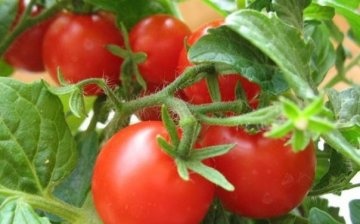
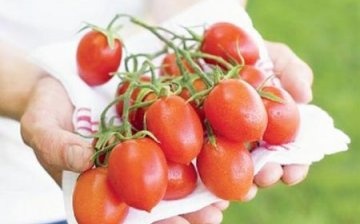
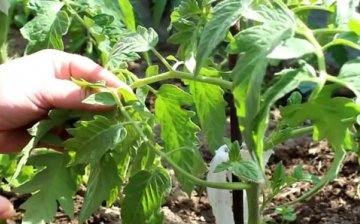

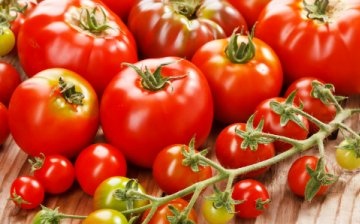






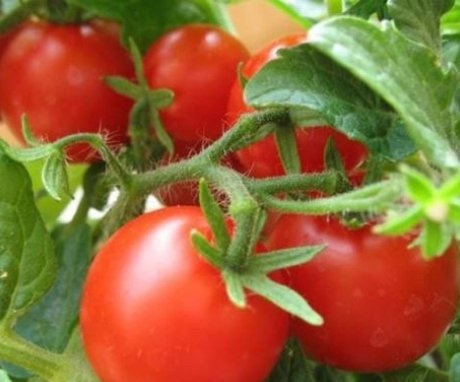
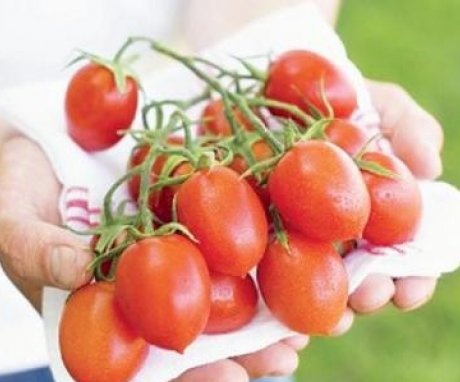
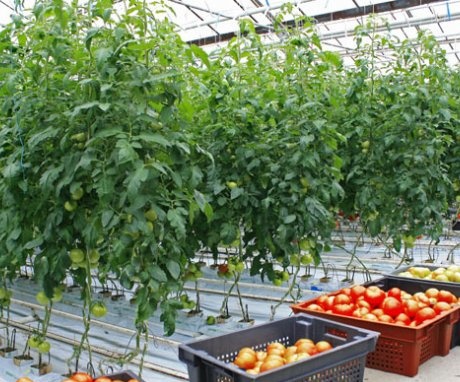
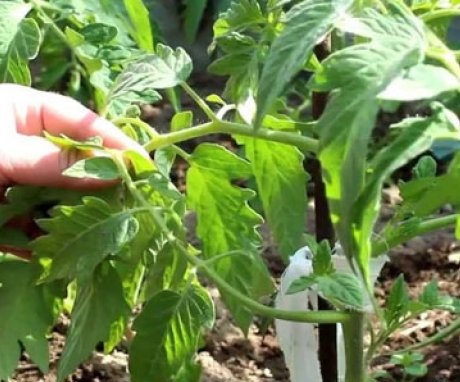
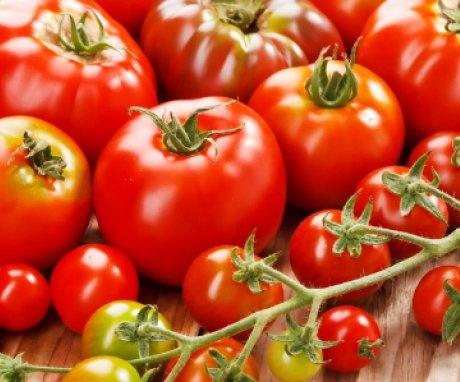
An interesting technology, the Dutch monitor not only the number of stepchildren, but also the number of flowers in tomato inflorescences. I read about this method for the first time today. The lack of soil for planting seedlings is a little striking. It will be necessary this year to conduct an experiment in a greenhouse with tomatoes.